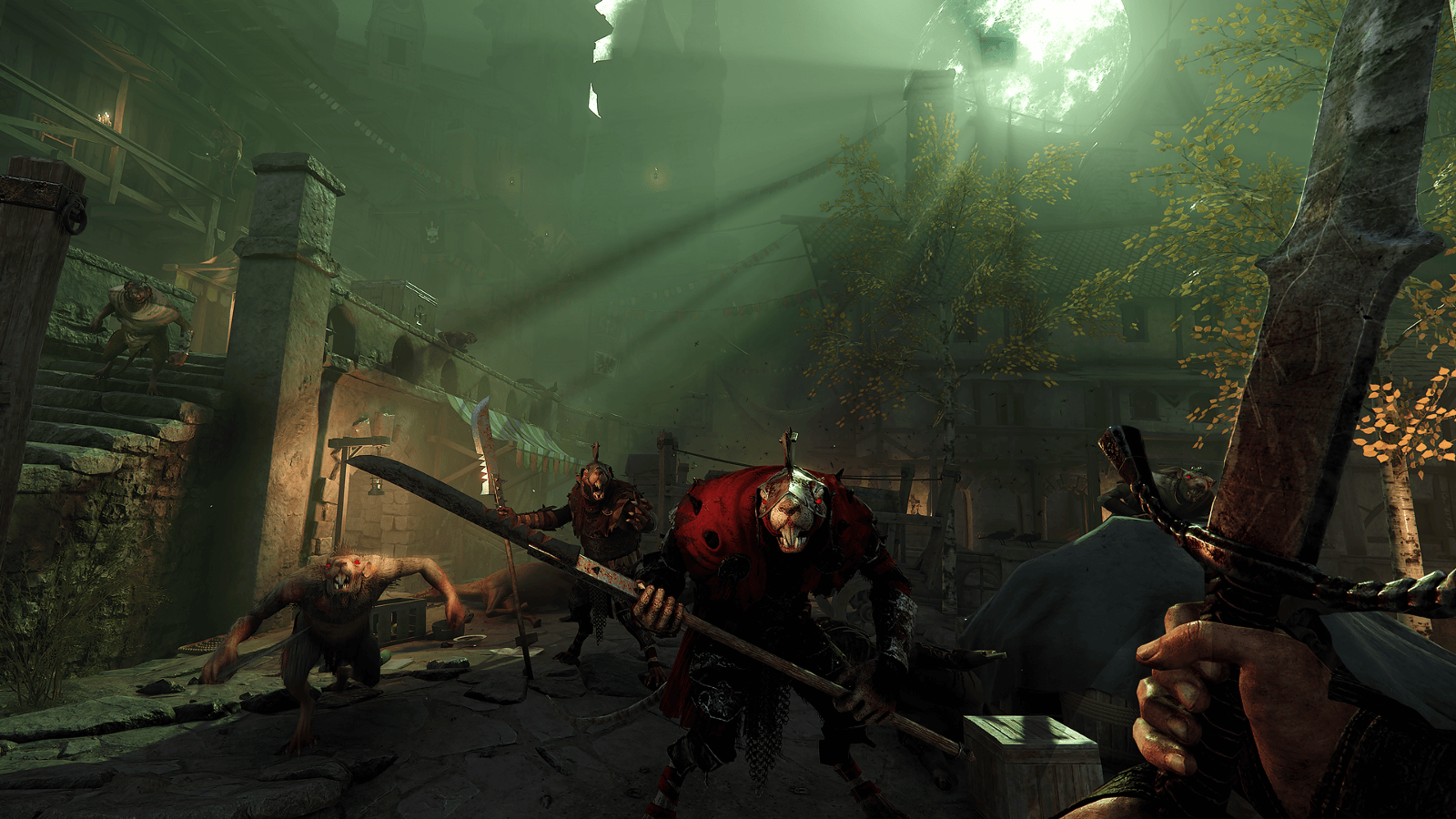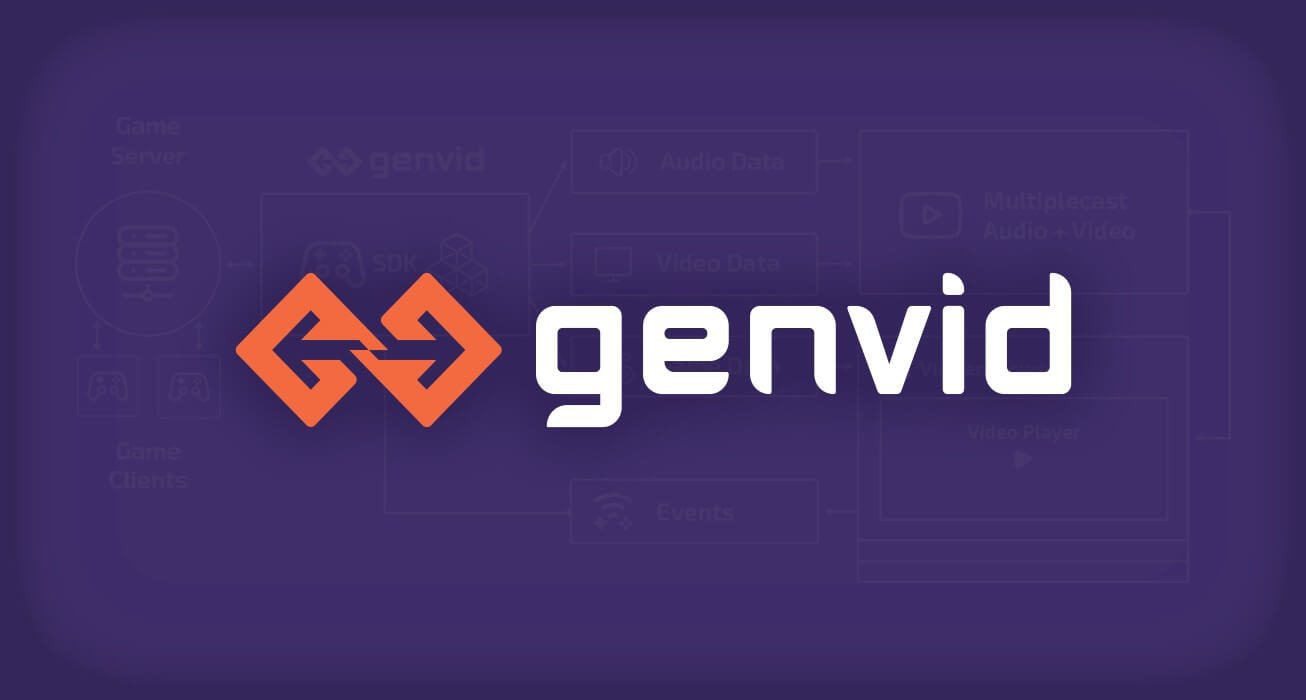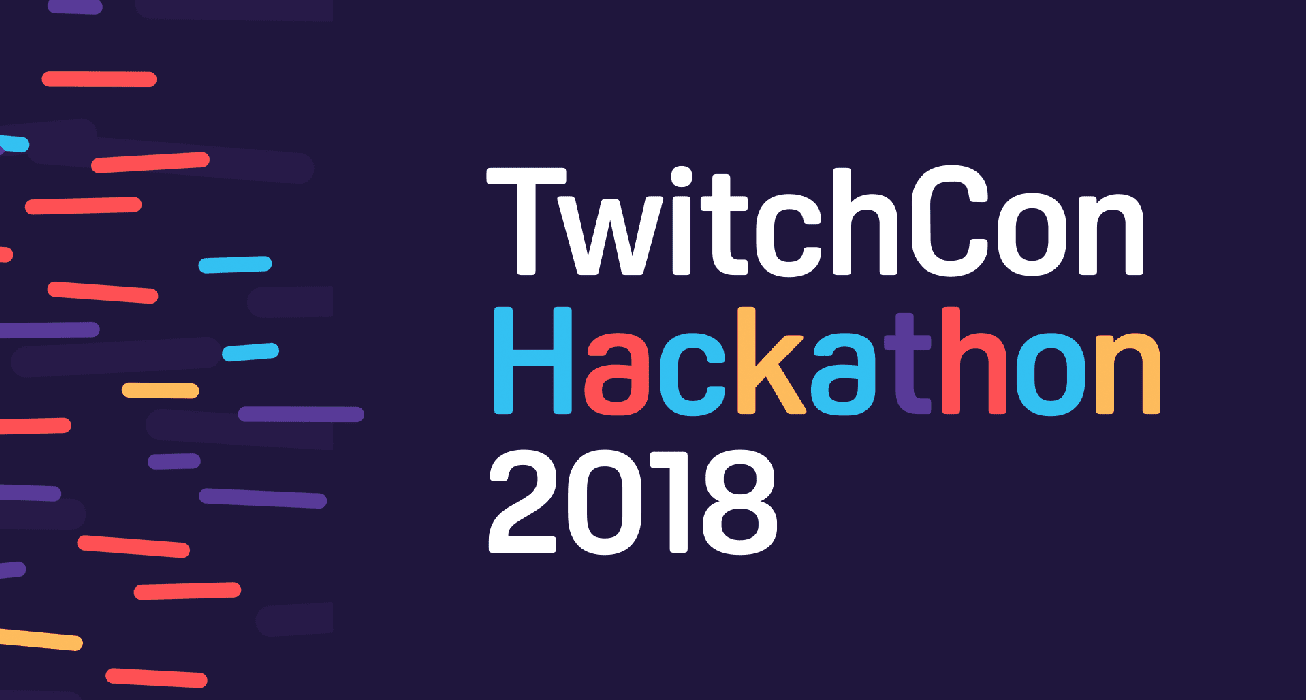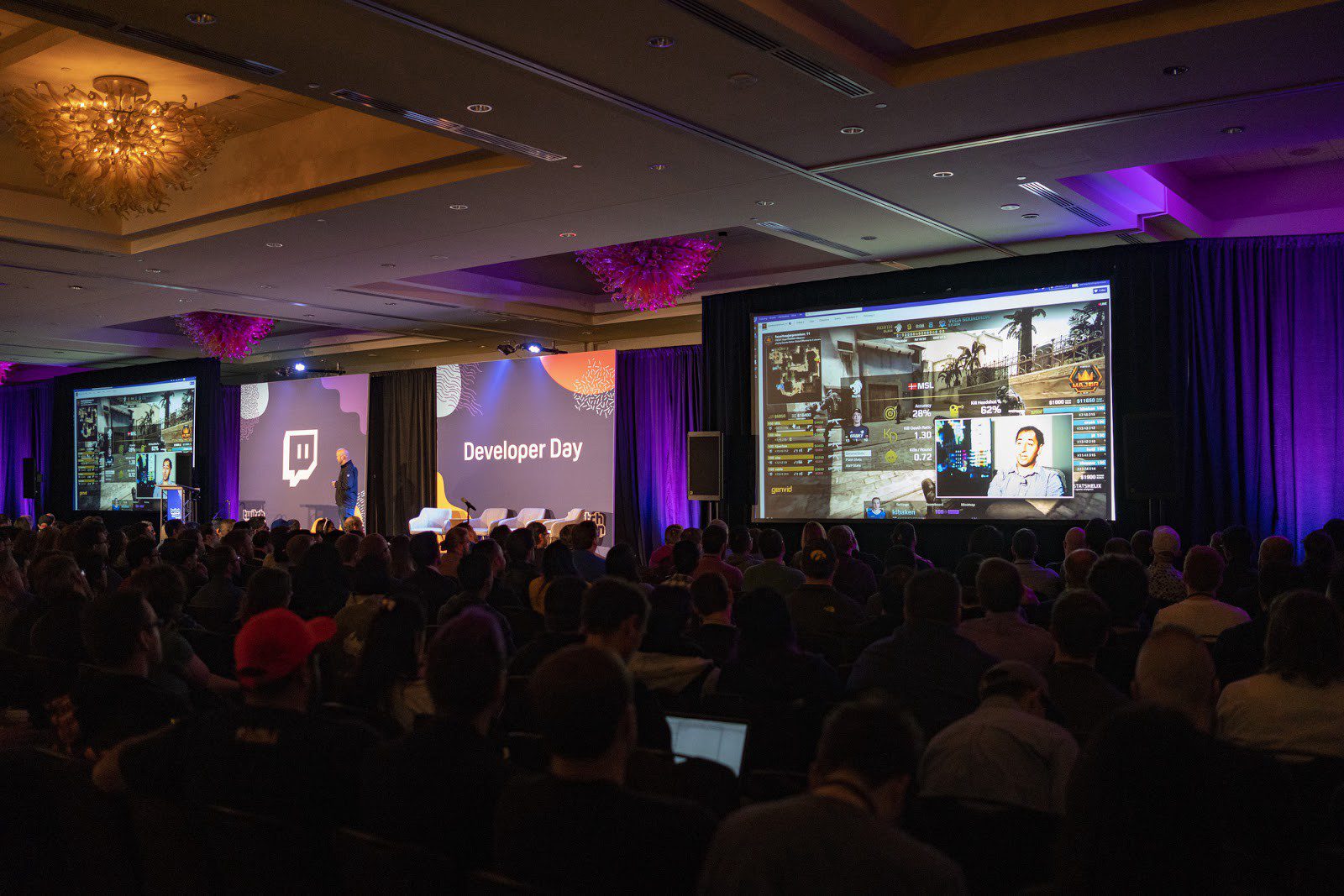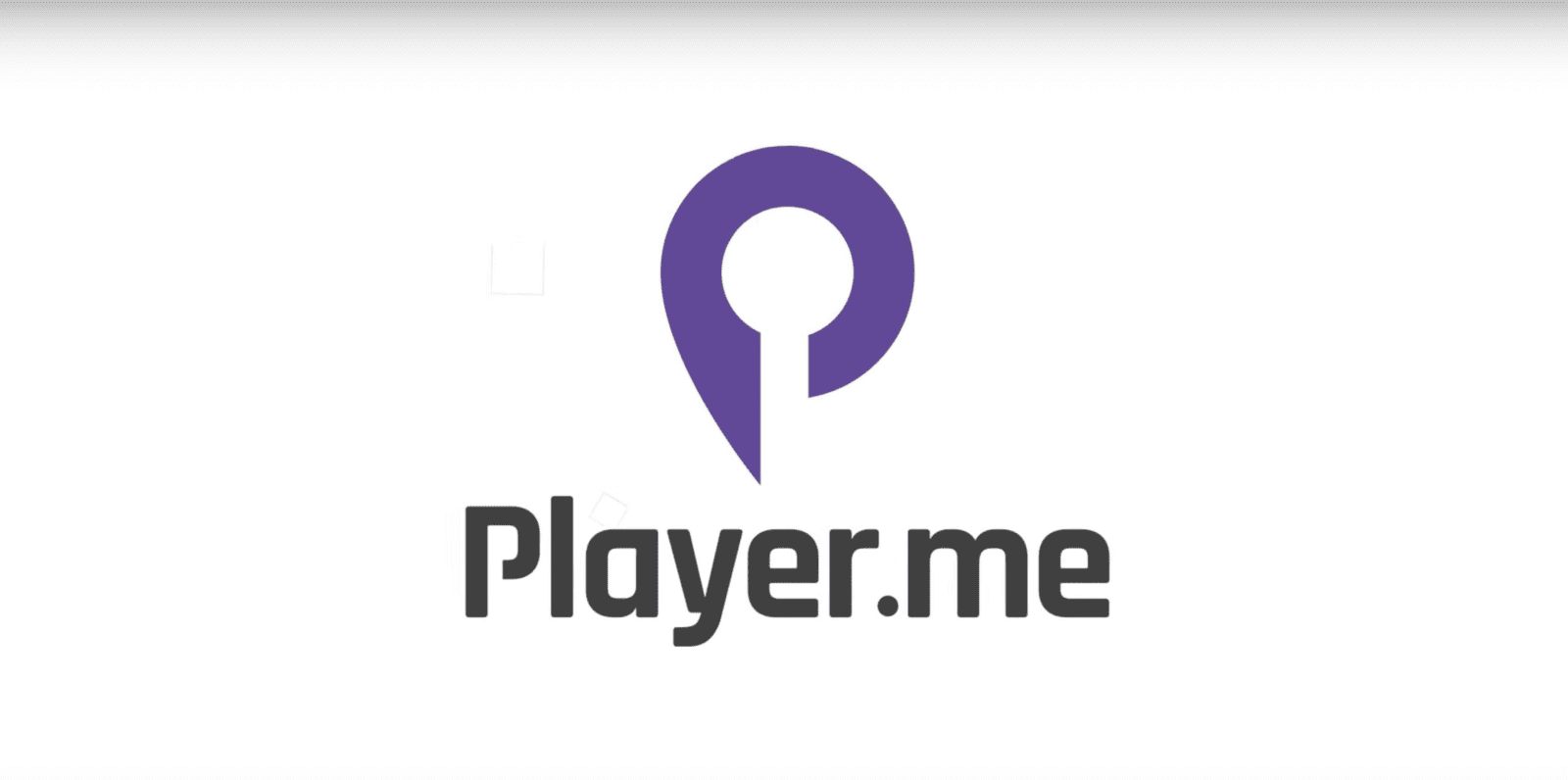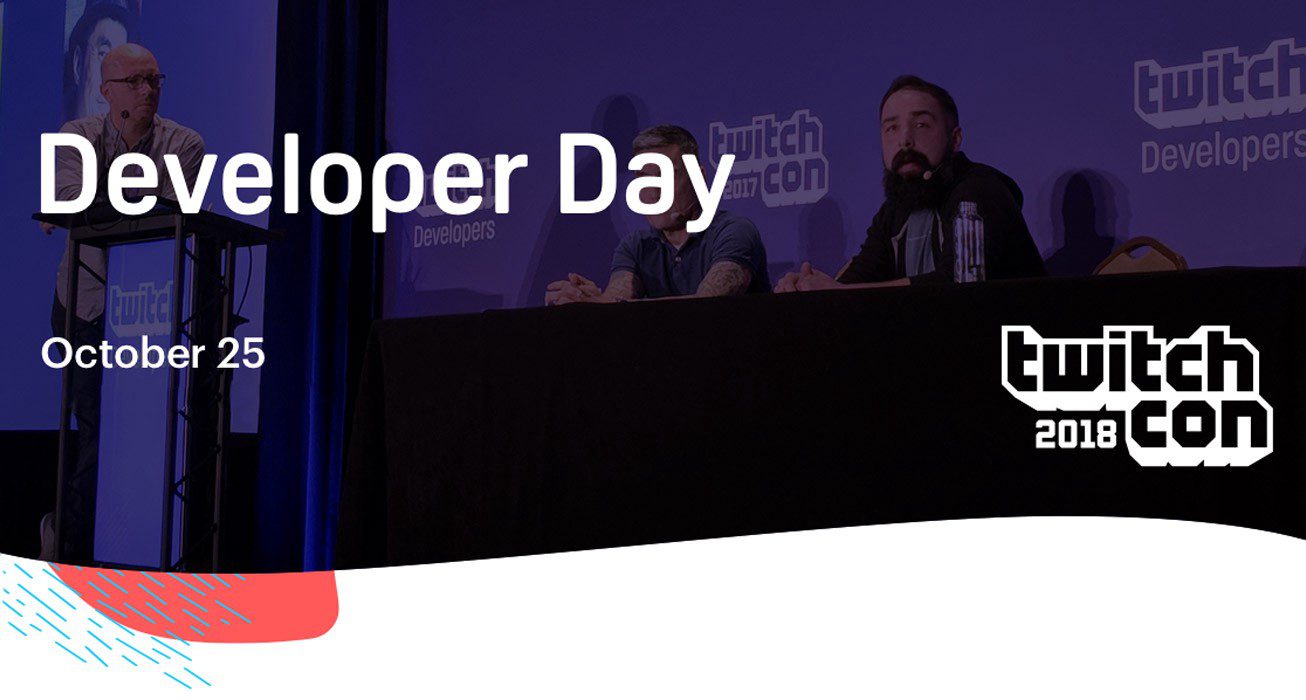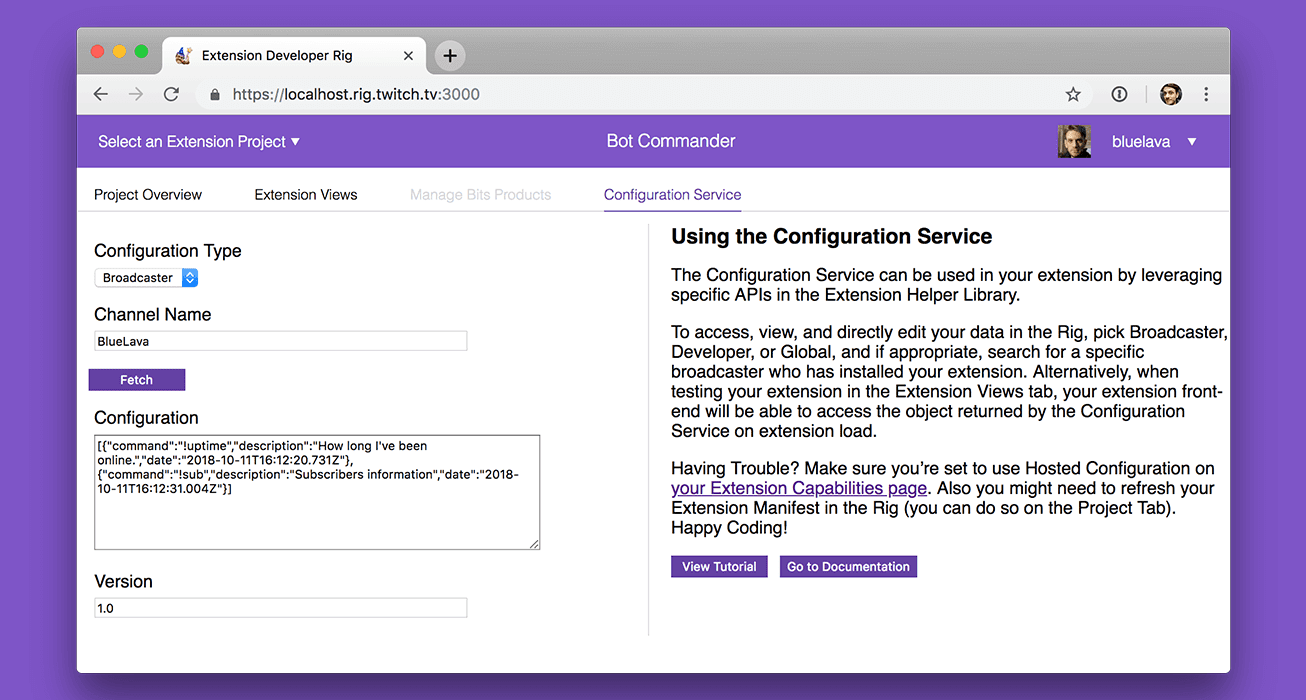Schlagwort: developer
-

Twitch Extension Challenge: And the winners are…
Reading Time: 4 minutesFor three months, the Twitch developer community has been hard at work creating, building, and launching Extensions for the Twitch Extension Challenge powered by AWS. And now the winners have been announced! Watch the announcement show with special guests now! (There’s a unicorn onesie somewhere. 🦄) People’s Choice Warp Post, created by…
-

All Things Twitch at GDC
Reading Time: 3 minutesNext week is the Game Developers Conference at the Moscone Center in San Francisco! That special time of year when we get to show some extra love to our game developer community by highlighting what Twitch does best, celebrating video games and those that create them. As we buckle in for this…
-

A Twitch Integration Lets the Viewers Call the Shots
Reading Time: 7 minutesQ&A with Fatshark Games and Warwitch With tons of enemies attacking you at all times, Warhammer: Vermintide 2 is a hectic game. It’s hard for Twitch broadcasters to read their Chat or interact directly with their viewers. That’s why the game developer Fatshark decided to include an innovative Twitch integration that allows viewers…
-

New TwitchDev Live Stream Schedule
Reading Time: 2 minutesWant to catch up on the latest news and updates, get answers from Twitch Developer experts, just say hi, or make some new friends? Join any or all of our live streams! New show announcement! TwitchDev Weekly: Every Thursday at 11am PT Hang out with the Developer Advocacy team, Matt Auerbach and Jon…
-

The Evolution of Speedrunning: Crowd Control
Reading Time: 5 minutesSpeedrunning is nothing new to the Twitch community; in fact, it’s a formula that complements the Twitch platform perfectly. If you’re not familiar with speedrunning, it’s where skilled gamers smash through levels in a battle against the clock while viewers get to watch the best-of-the-best gamers flex their chops. It’s a win-win…
-

Announcing the 2019 Twitch Developer Tour
Reading Time: 2 minutesThe Twitch Developer team is coming to meet our community of developers and builders across the world this year! We will kick off the tour in Tel Aviv this April and join the rest of the Twitch community in Berlin during TwitchCon Europe. Then we head to Paris and London — with more cities…
-

Reducing a Twitch Extensions dependencies
Reading Time: 4 minutesYes, I understand the title is a little dry and not very interesting; however, let’s focus on the task at hand. Let’s remove as many dependencies on non-Twitch services as we can! Top Clip — Remastered Me, yes, ME! Some know who I am, but for those who don’t, let me run a quick introduction. I’m…
-

Ringing in the New Year with Ninja, an Extension, and 10 Million Bits
Reading Time: 6 minutesCelebrating a new year is one of the few events in which almost every culture in the world takes part in some way shape or form. And while it’s always exciting to be at an event IRL, there is something particularly new and exciting about celebrating online in a shared real-time experience…
-

How Twitch integration doubled all-time minutes watched in a month
Reading Time: 5 minutesQ&A with Motion Twin We caught up with Steve Filby, Marketing Manager at Motion Twin, an indie game studio based in Bordeaux, France, to talk about their wildly popular game Dead Cells and its integration with Twitch. Dead Cells had one of the most innovative Twitch game integrations in 2018. Leveraging Chat, Dead…
-

3 Extensions Making this Holiday Season Extra Merry
Reading Time: 2 minutesWith over 60 percent of Partners and Affiliates already using Extensions, they’re quickly becoming one of the best ways for creators to connect with fans and support their channels. For developers, it’s good to know that themed Extensions around events and holidays are something that streamers love to use to engage their…
-

Amplify Your Engineering Resources with the Genvid SDK
Reading Time: 7 minutesThe growth of Twitch as a targeted developer destination is creating a cottage industry of developers who build custom and off-the-shelf solutions that allow Extensions developers to create powerful experiences. Still, a common blocker we hear from Developers eager to build Extensions is knowing where to start. While we recommend working backward…
-

Use Case: How Casperr is building Extensions easier with the Config Service
Reading Time: 5 minutesSimple front-end Extension working without a back-end Technology shouldn’t stifle your creativity. We want you to spend time realizing your great ideas, not on the infrastructure to make them work. Until now, developers had to build out — and scale — all parts of their Extension backend, even for common scenarios like handling channel- and Extension-specific configuration.…
-

Developers come together for a gathering of music and tech at Capitol Royale
Reading Time: 2 minutesTwitch is partnering with Capitol 360 Innovation Lab as a Founding Member to bring you Capitol Royale, a two-day tech conference and hackathon at the iconic Capitol Records tower in the heart of Hollywood — and we’ll be streaming live for the duration. The event features a hackathon, partner expo, startup demos, guest speakers,…
-

Announcing the Twitch Extension Challenge Powered by AWS
Reading Time: 2 minutesDo you want to help build the future of live entertainment, but don’t know where to start? Or have you been wanting to build a Twitch Extension, but just need an extra push? Today, we’re announcing a challenge that might be just the motivation you need. Amazon Web Services (AWS) and Twitch…
-

Highlights and Winners from the TwitchCon Hackathon 2018
Reading Time: 8 minutesThis year’s TwitchCon Hackathon saw 70 developers from around the United States come to team up and build Twitch Extensions over the course of just 24 hours. We invited some of Twitch’s partnered broadcasters to participate by offering up challenges for the teams’ Extensions to solve. And the hacking begins! Photo courtesy…
-

The TwitchCon Developer Day 2018 VODs Are Here!
Reading Time: 3 minutesThanks to everyone who made our second annual TwitchCon Developer Day a success! Over 600 Twitch developers attended, which is 166 percent of last year. We even had over 24,000 concurrent viewers from the Twitch community at the height of our broadcast. If you missed any of the action or want to…
-

Automated Extension Activation AKA the Future of AFK
Reading Time: 2 minutesThere’s no doubt that Twitch Extensions are a great way to increase interactivity between you and your community, but changing your active Extensions based on your stream status (i.e., starting soon, gameplay, AFK etc.) can be clunky and time-consuming. Well, we’re excited to announce a look into the future of stream status…
-

Announced at Developer Day: What’s New in Developer Tools and Solutions
Reading Time: 5 minutesAt TwitchCon Developer Day 2018, we reviewed the many product innovations released in the past year. We also celebrated some of the amazing community contributions that have redefined how streamers and viewers create memorable moments on Twitch. TwitchCon was a moment to rededicate our commitment to empower developers with the tools and…
-

New Extension Experiences Launching at TwitchCon
Reading Time: 5 minutesPokimane making it rain Bits with the Bit Storm custom Snap lens! We at Twitch are on a mission to enable creators to make a living educating and entertaining fans. This TwitchCon, we’re excited to announce a suite of brand new partnerships that bring unique experiences onto Twitch via Extensions. We’re always excited…
-

Total TwitchCon Developer Day Experience
Reading Time: 4 minutesDeveloper Day is only a week away! You might have some questions about what we have in store. We have answers. When and where is TwitchCon Developer Day? It is Thursday, October 25, 2018 from 9am to 8pm PT. Check your invitation for detailed location information if you are joining us in…
-

Store persistent data and reduce traffic with the Twitch Configuration Service
Reading Time: 4 minutesBuilding Extensions for Twitch keeps getting faster and easier. We recently announced the new and improved Developer Rig that helps developers build Extensions more quickly and intuitively. Today we’re announcing the Twitch Configuration Service. Configuration Service removes the burden of writing a back-end to store persistent channel- and Extension-specific data. It then…


